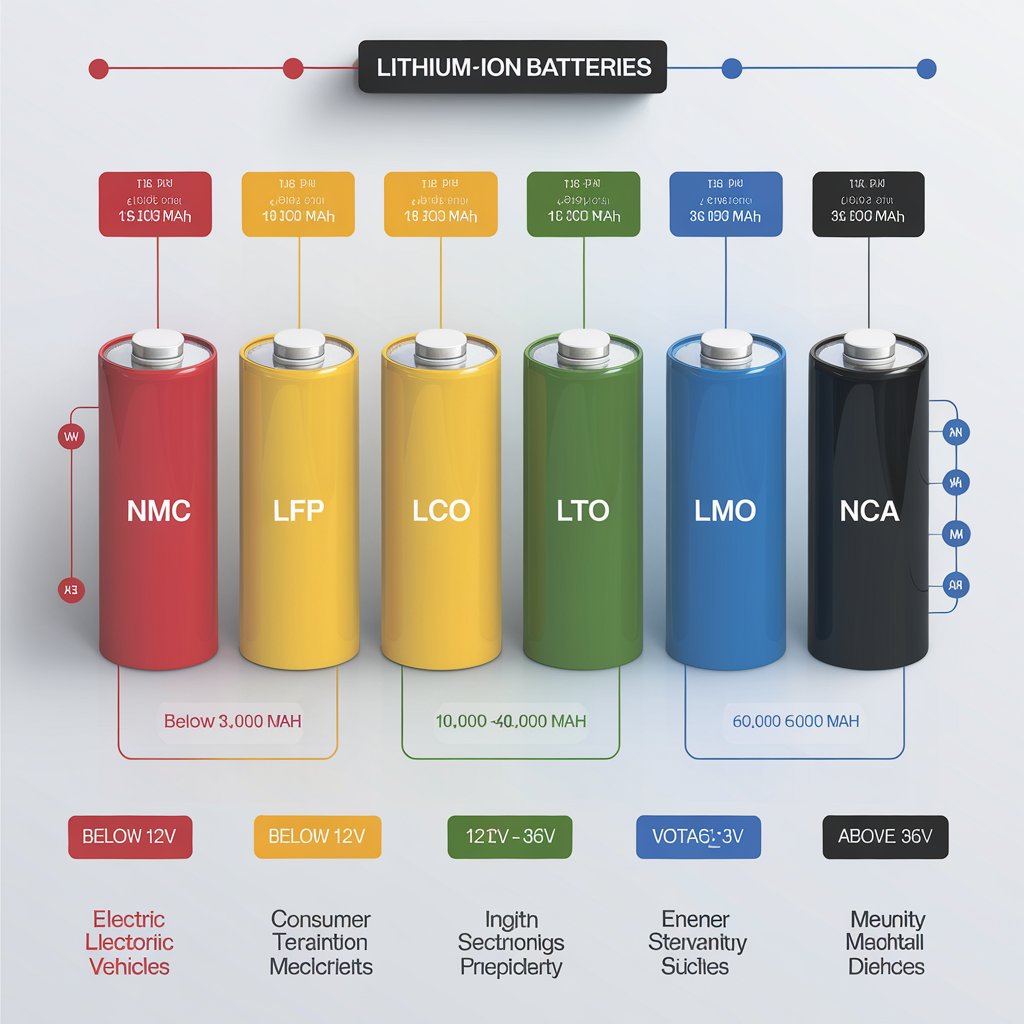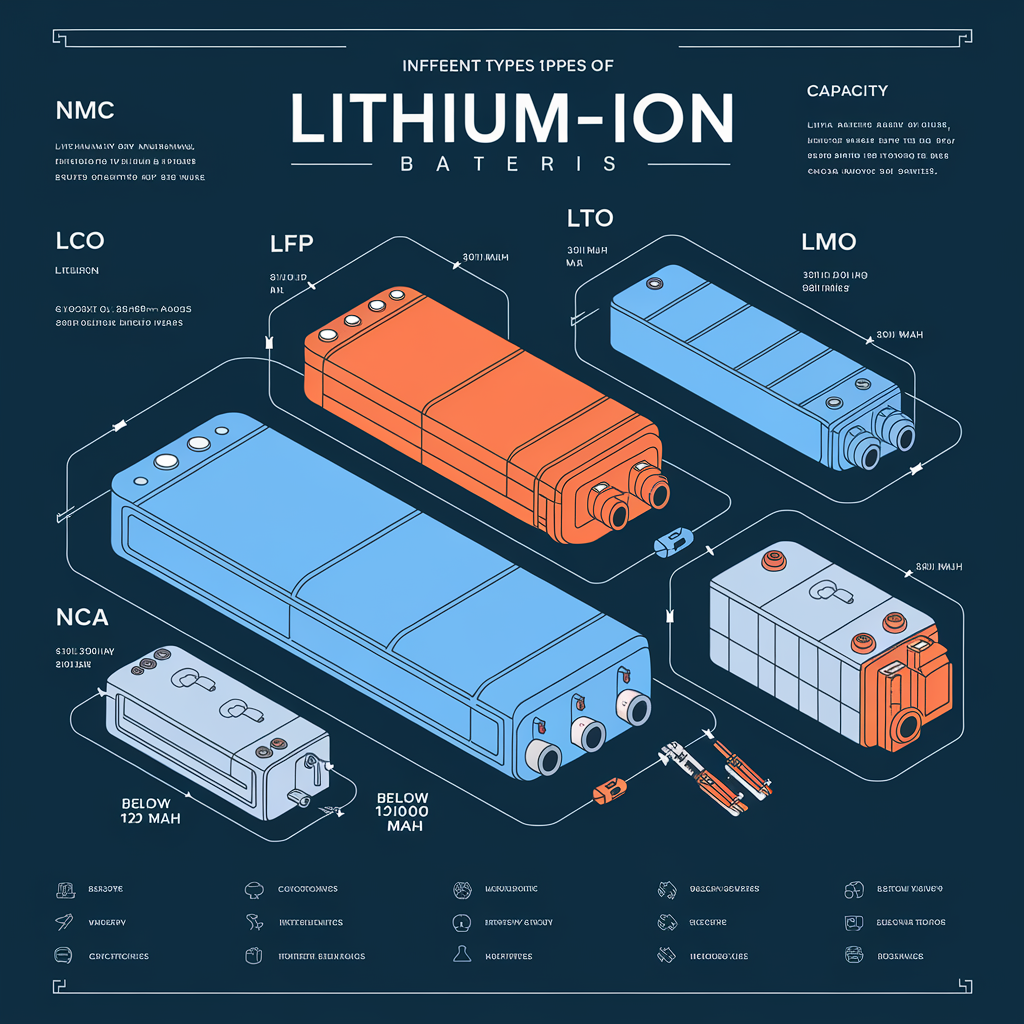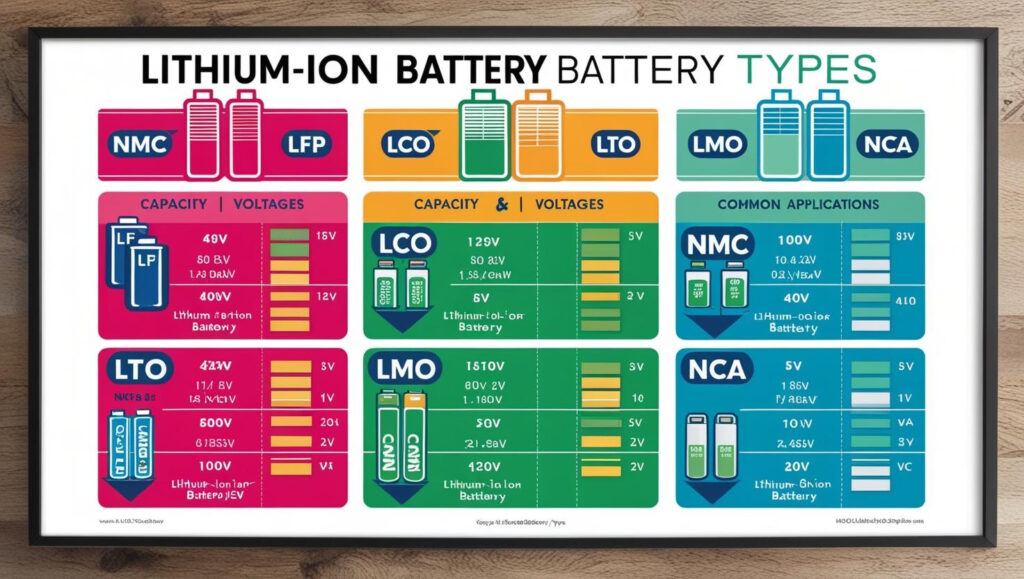The lithium-ion (Li-Ion) battery market in North America is witnessing rapid growth, driven by the rising adoption of electric vehicles (EVs), expanding renewable energy storage systems, and increasing demand for consumer electronics. As the region shifts toward clean energy and sustainability, Li-Ion batteries are playing a crucial role in powering the next generation of technology and infrastructure.
This article explores the growth trends, key drivers, challenges, and opportunities shaping the Li-Ion battery market in North America.
Download PDF Brochure @ https://www.marketsandmarkets.com/pdfdownloadNew.asp?id=49714593

Market Growth & Key Trends
1. Rising Demand for Electric Vehicles (EVs)
One of the biggest drivers of Li-Ion battery market growth in North America is the booming EV sector. Governments across the U.S. and Canada are pushing for electrification of transportation, leading to:
- Increased EV production by companies like Tesla, Ford, GM, and Rivian.
- Government incentives and subsidies, such as tax credits for EV buyers.
- Investments in EV charging infrastructure, making battery-powered vehicles more accessible.
With EV adoption expected to surge over the next decade, the demand for high-performance Li-Ion batteries will continue to rise.
2. Expansion of Renewable Energy Storage
North America is seeing a significant shift toward solar and wind energy, creating a need for efficient energy storage solutions. Li-Ion batteries are increasingly used in:
- Grid-scale energy storage projects to stabilize renewable power supply.
- Residential and commercial solar power storage for backup energy solutions.
- Microgrid developments for remote and off-grid areas.
Advancements in battery storage technologies are making renewable energy more reliable, further fueling market growth.
3. Growth in Consumer Electronics & Industrial Applications
The demand for high-performance, lightweight, and long-lasting batteries in consumer electronics is another growth factor. Li-Ion batteries power:
- Smartphones, laptops, and wearables
- Electric tools and home appliances
- Medical devices and robotics
Additionally, industries such as manufacturing, automation, and logistics are integrating lithium-powered solutions for material handling equipment, autonomous robots, and industrial backup systems.
4. Advancements in Battery Technology
Technological innovations in Li-Ion batteries are enhancing performance, safety, and sustainability. Some key advancements include:
- Solid-state batteries, which offer higher energy density and improved safety.
- Faster-charging capabilities, reducing downtime for EVs and electronics.
- Recyclable battery materials, addressing environmental concerns.
Ongoing R&D investments by North American battery manufacturers are expected to drive further innovation.

Challenges in the North American Li-Ion Battery Market
Despite rapid growth, the market faces several challenges, including:
1. Supply Chain Dependence on Asia
Most Li-Ion battery raw materials (lithium, cobalt, nickel) are sourced from China, Australia, and South America. North America is working to reduce reliance on foreign supply chains by:
- Investing in domestic lithium mining operations (e.g., in Nevada and Canada).
- Encouraging battery manufacturing within the U.S. and Canada.
- Developing battery recycling facilities to recover valuable materials.
2. Environmental & Recycling Challenges
The environmental impact of battery production and disposal is a growing concern. Governments and companies are focusing on:
- Establishing battery recycling programs to reduce waste.
- Developing eco-friendly battery materials with lower carbon footprints.
- Implementing stricter regulations on battery disposal and sustainability.
3. High Initial Costs
Li-Ion batteries remain expensive compared to traditional energy storage solutions. However, as production scales up and technology improves, costs are expected to decline, making batteries more accessible.

Opportunities for Growth
Despite these challenges, North America presents several opportunities for the Li-Ion battery market:
1. Government Policies & Investments
The U.S. and Canadian governments are supporting the battery industry through:
- Tax credits and incentives for EV adoption.
- Funding for battery R&D and domestic manufacturing.
- Investments in charging infrastructure and energy storage projects.
2. Expansion of Domestic Battery Manufacturing
North America is working to establish a strong domestic battery production ecosystem. Companies like Tesla (Gigafactories), Panasonic, LG Energy Solution, and Northvolt are expanding their presence in the region.
3. Growth in Second-Life & Recycling Markets
As battery demand increases, the market for second-life batteries (reused in energy storage) and battery recycling is expected to grow. Companies are focusing on sustainable solutions to reduce waste and enhance battery lifecycle management.
The Li-Ion battery market in North America is poised for significant growth, driven by EV adoption, renewable energy storage, and advancements in technology. While supply chain challenges, environmental concerns, and high costs persist, government initiatives, domestic production expansion, and battery recycling innovations are creating new opportunities for industry players.
As North America moves toward a clean energy future, Li-Ion batteries will remain a cornerstone of technological advancement, powering the next generation of electric vehicles, smart grids, and portable electronics.